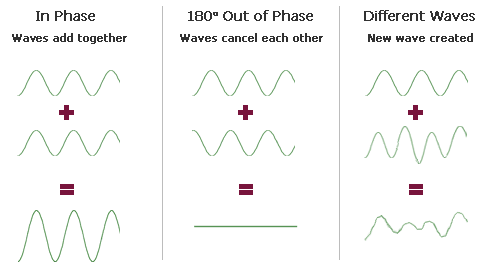shelly wrote:@ringo: industrial chimeny example is not relevant, because it is bouyancy driven.
Also I would suggest you to discuss more gently and not to rely too much on fluent for catia: it will give you just a very rough estimate of what is going on.
So you are suggesting that we mere mortals are more credible?
A rough estimate from these FE software is the best we can do.
As far as the gurney is concerned, it is there on every f1 2011 car because it works also for the not-diffuser aided flow.
that's a very broad statement , and how can the gurney, which is slotted if we look closely, work if it's parallel to the flow?
The flow wont impact it.
I think that we have to proceed step by step and find agreement on:
- what exhausts are (jet-not jet)
-what speed could they have
-what happens to them when they are oriented as usually strem wise
-what happens to them when they are mounted like r31, or rb7, or w02
- what exhausts are (jet-not jet)
they are simply outlets for mass to pass through. Their behavior is subject to the external conditions and the shape of the outlet. What happens right before the exit is calculable, but outside of that it has to be observed, no one can predict these things precisely.
whether it's a jet is not relevant, and the name doesn't help describe the behavior.
-what speed could they have
2.4 lt engine
exhaust stroke every 2 cycles which is 9,000 cylces per minute gives 150 exhaust events per second.
for half the engine it's 1.2lt of air per side.
so it's 150 events every second x 1.2 lt = 180 l/s being pumped out
180lt = .18 m3 times the density of air at ambient which is 1.2kg/m3 = 0.216kg/s using density at ambient.
mass flow does not change, so we use ambient to find unchanging mass of air and we stick with this mass from now on.
at 850 degrees, density of air is now 0.31kg/m3 , mass is still the same.
for a pipe diameter of 2.5 inch, it's area = 0.00316 m2
using our known and constant mass of air passing this crossection of exhuast pipe everysecond,
it's velocity = mass flow/[density (at 850C) x area] = 0.216 / 0.31 x 0.00316 =
220m/s
this is maximum speed, but it's a linear relationship. so at 14,000rpm the speed would be 171m/s.
-what happens to them when they are oriented as usually strem wise
-what happens to them when they are mounted like r31, or rb7, or w02
the last 2 questions is anyone's guess.
I would add to this list, what purpose does a gurney serve, and in which positions is it intended to work. That should shed light on what is taking place.






